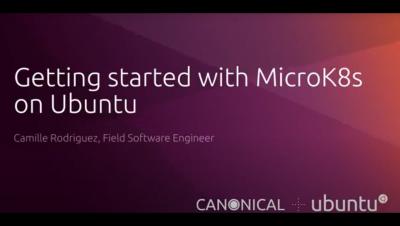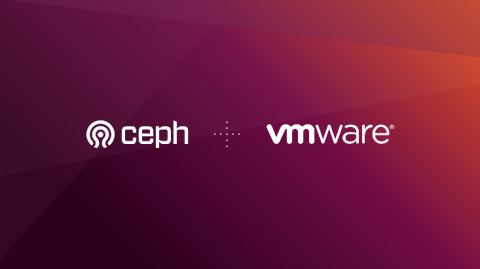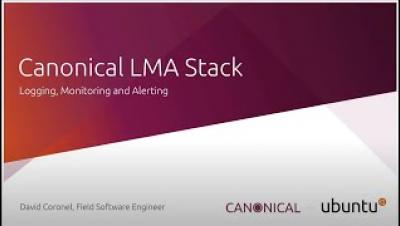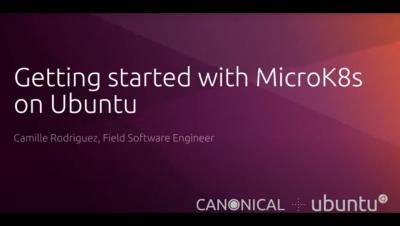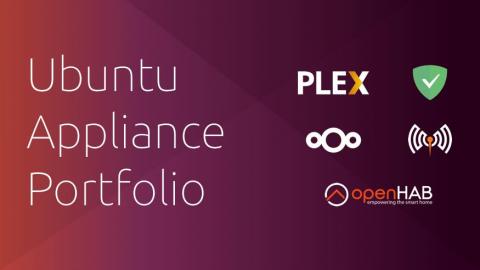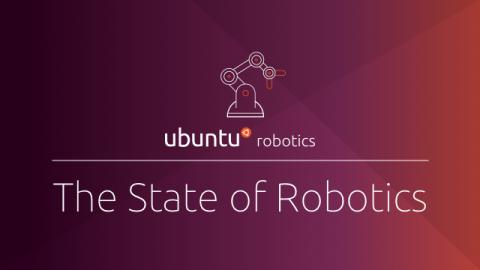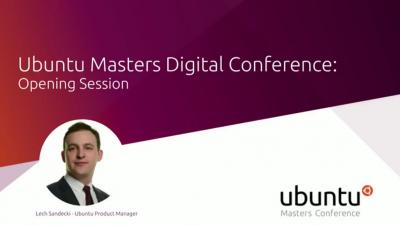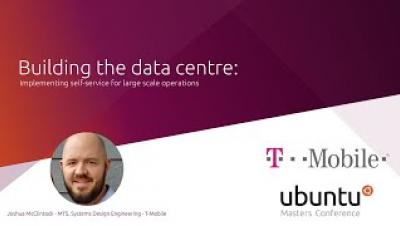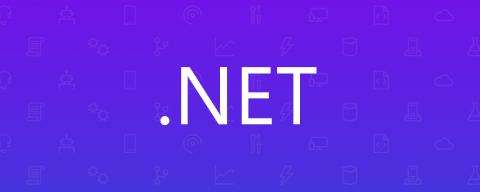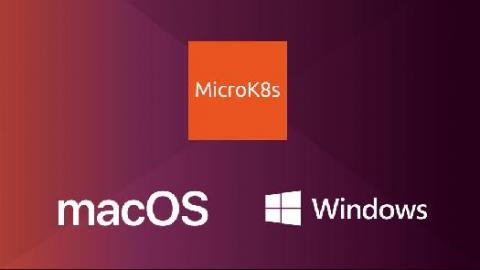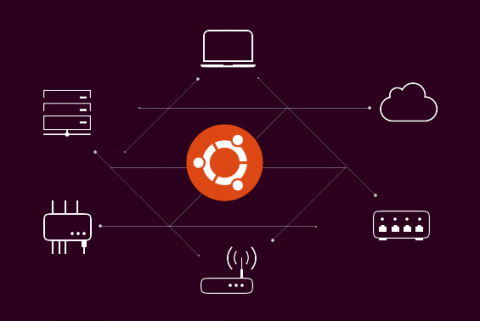What is Apache Kafka and will it transform your cloud?
Everyone hates waiting in a queue. On the other hand, when you’re moving gigabytes of data around a cloud environment, message queues are your best friend. Enter Apache Kafka. Apache Kafka enables organisations to create message queues for large volumes of data. That’s about it – it does one simple but critical element of cloud-native strategies, really well.



